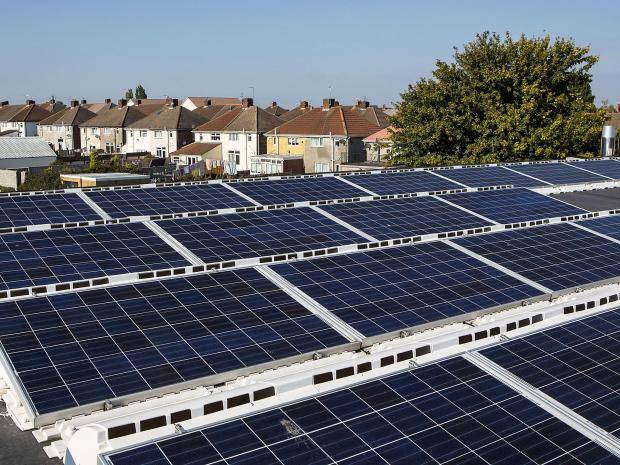Countries all over the world are promoting the use of renewable sources of energy. This is being done in an effort to reduce climatic changes. An important role in the process of promoting the use of renewable energy has been played by internal policies which are being undertaken in the form of supportive measures of prices like feed-in tariffs. The feed-in tariffs have played a pivotal role in promoting private and public investments both in the domestic and foreign sectors in the European Union countries. The feed-in tariffs have been found to be the most suitable in the coverage of the production of clean energy.
What does it do?
The whole purpose of the feed-in tariff policy is to promote the quick growth of the renewable energy sources. Through this, developers of clean energy, the society and the tariff players benefit. The main importance of these policies is to provide a healthy sustainable environment for investments as well as exhibiting long-term security in the payment conditions.
When replacing the energy mix from fossil fuels to renewable energy, feed-in tariff is the policy being used in the EU. The focus here is to address the security of economic growth, energy supply and climatic changes.
Why the incentives?
From solar energy to biomass and others, renewable energy is not as popular. As a result of this, governments all over the world are offering incentives to benefit the developers and consumers of renewable energy. The reason for this is because this new technology cannot compete fairly with other established technologies in energy production. All in all, it is important to note that the cost of most renewable energy sources is getting cheaper. This is more so when you consider sources established between the 19760s and 1970s.
Use of feed-in tariffs
The purpose of the tariff is to support the different types of renewable source technologies. They include solar, biomass, biogas, geothermal and wind. The tariffs increase the development of various technologies by dividing the levels of payment appropriately. You can take a look at comprehensive 2018 Q1 feed in tariff rates to see where the current rates stand. These rates keep on changing because they are affected by a number of things.
The use of feed-in tariffs continues to increase all over the world with Europe leading the way. They give the impression that the importance of the tariffs will continue to grow and end up promoting renewable energy development until it surpasses other energy sources.
The feed-in tariffs are very effective. This is more so when you consider the price difference of paying for wind energy with and without the tariffs. You should also note that the incentives vary from one country to another. There are no set standards. The difference is determined mostly by price security.
For the planet to survive, a shift has to be made to renewable energy. This is the only way to cut down on emissions that are hurting the planet. The feed-in tariffs continue to make the transition more affordable.

